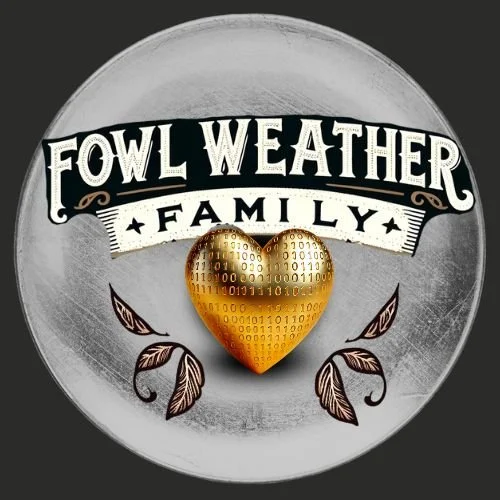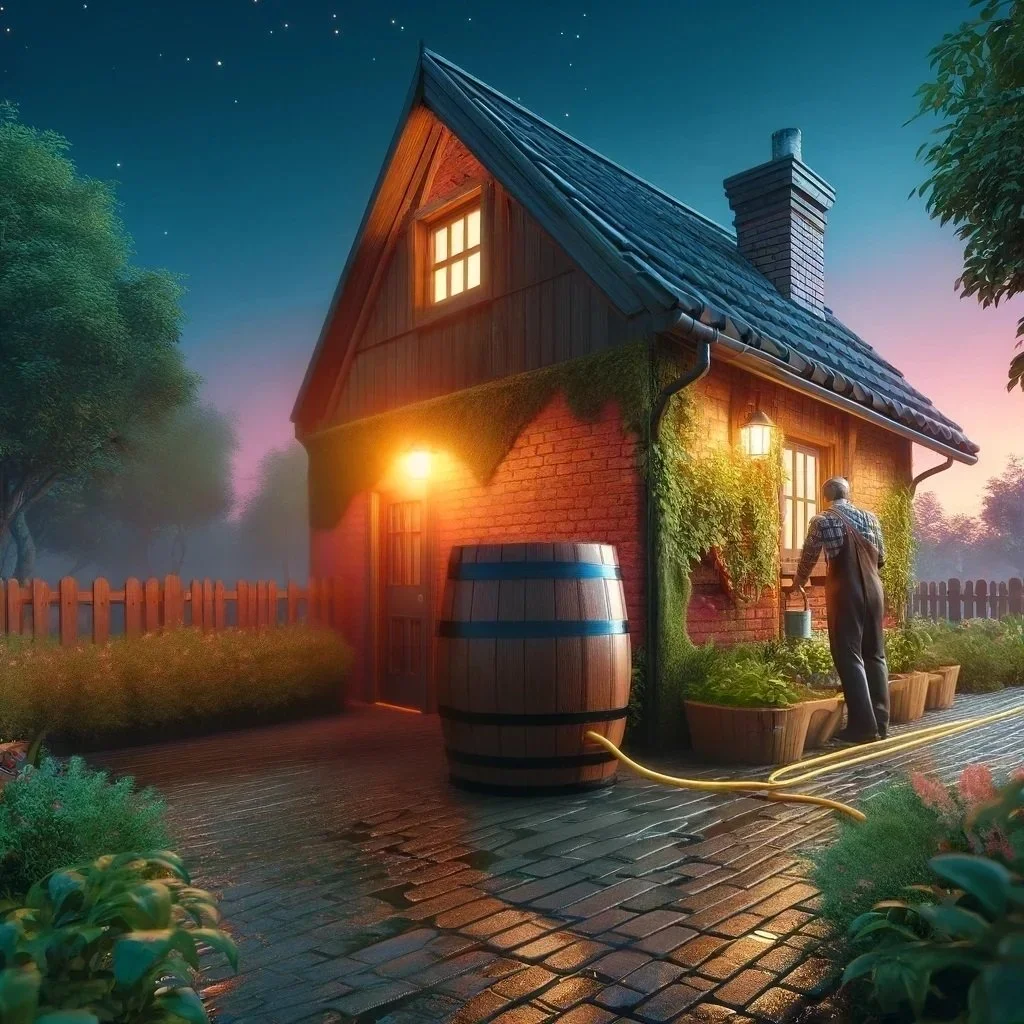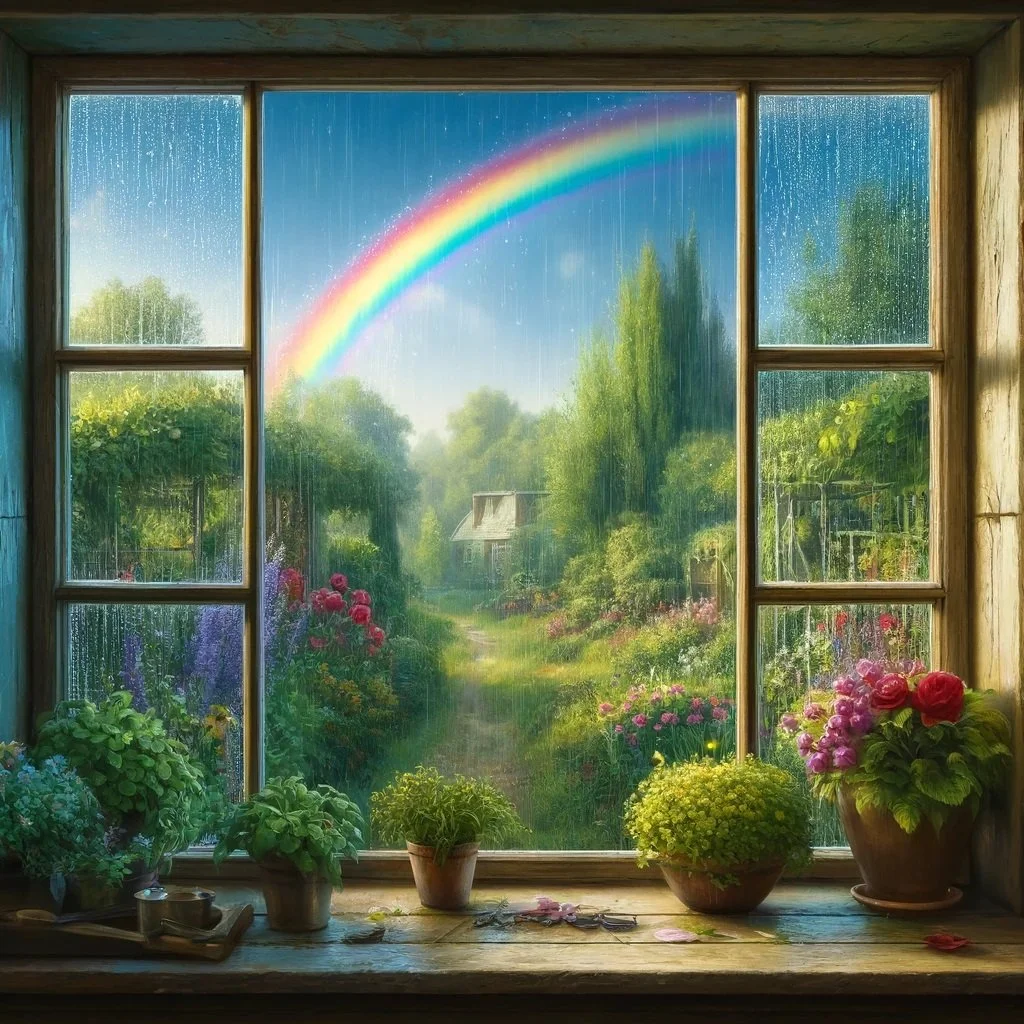Dive Into the World of Rainwater Harvesting:
Your Garden’s New Best Friend!
Welcome, Guardians of the Garden!
Ready to turn every rainfall into a garden gala? Let's dive into the refreshing world of rainwater harvesting! Imagine equipping your garden to sip each raindrop with elegance, transforming the mundane task of watering into a celebration of nature. That’s the magic of rainwater harvesting—a superhero move into sustainable gardening. Its dual purpose is lowering your water bill and helping your garden flourish.
Why Rainwater? Let’s Spill the Tea!
Imagine rainwater as the VIP guest at your garden gala. It's soft, pure, and free—qualities your plants will adore! Unlike tap water, laden with salts and chemicals, rainwater is a pristine elixir, packed with subtle nutrients without additives. Using it gives your garden a natural boost and reduces your reliance on municipal systems, slashing the energy used to treat and transport water. Are you curious about how others are setting up their systems? There are multitudes of YouTube videos, waiting for you from enthusiastic gardeners, like yourself.
The Essentials of Catching the Rain
Rainwater harvesting might sound high-tech, but it’s only catching and storing rain for those not-so-rainy days. It all begins with your roof, serving as the grand stage where the rain makes its grand entrance. From there, gutters escort the water into barrels or tanks, reserved until your garden signals its thirst. Even those new to DIY gardening projects can become adept rainwater architects over a weekend—imagine that!
Setting Up Your Rainwater Spa
Creating your system is akin to crafting a mini oasis. Start by calculating how much rain graces your roof—a simple task with basic measurements and a quick look at local rainfall statistics, thank you, Google. Choose a spot for your rain barrels or tanks; close enough for easy collection but discreet enough to keep your garden aesthetics uncluttered.
Next, piece together your system with some piping—think of it as assembling a chic plumbing ensemble. Add a filter to sift out leaves and debris, because pristine water is all your plants want to sip. Don’t forget a collection device to catch all the good stuff. There you go, you’ve set the stage for a fabulous rainwater collection system!
The Care and Feeding of Your Rainwater System
Maintaining your rainwater harvesting system in pristine condition is like preparing for the grandest garden gala of the year. Regular maintenance ensures the water remains as fresh as morning dew, invigorating your plants and keeping your garden vibrant. Below is a quick guide to preventing unwanted guests like algae and mosquitoes from crashing your green gala.
Routine Cleanup: Regular maintenance of your rainwater harvesting system is crucial for optimal performance. Dedicate some time in the month to clear leaves and debris from your gutters and screens. This simple, proactive step ensures your rainwater collection process is efficient and maximizes your water supply, making it an essential practice for any sustainable gardening enthusiast.
Algae Check: Keep a vigilant eye on your rainwater storage to monitor for algae growth, a common issue in water storage that can affect water quality. Should you spot these unwanted green visitors, consider using barley straw pellets—an eco-friendly algae inhibitor. These pellets are natural and safe for the environment and your plants, slowly releasing compounds that inhibit algae growth without harming plant life. This method keeps your rainwater clean and clear, ensuring it remains an excellent resource for garden hydration.
Standing Water Watch: It's important to regularly inspect the area around your rainwater tanks for any standing water, which can be a breeding ground for mosquitoes. This aspect of rainwater system maintenance keeps you pest-free and ensures everything runs smoothly and safely throughout your rainwater harvesting setup.
These straightforward maintenance strategies can be easily implemented into your routine, and you'll extend the longevity and enhance the effectiveness of your DIY rainwater collection system. By including these steps, your system will function more fluidly and become the backbone of your thriving, eco-friendly garden.
Legal Drops to Community Puddles
Before the first raindrop falls into your barrel, take a moment to dive into the local legal streams—some regions have specific legal aspects of rainwater harvesting to consider. Knowing the do’s and don’ts will keep you from muddy waters. There’s plenty out there talking about the legalities of it right now, but why stop there? Turn this rainwater affair into a neighborhood sensation to learn more, and spread what you know!
Community Workshops: Host or join a workshop or visit a local community center to share your knowledge. You can also show up to join a class, gain new experiences, and continue fostering community rainwater projects with your friends.
Groups and forums: Start or join a club where members can share systems, ideas, and innovations. It’s a fantastic way to include yourself in growing community bonds and promote sustainable gardening. You can start now by adding a comment on any of your thoughts in the section below and become a part of the discussion.
Social Sharing: Use social media to create or join an online community where you can post updates, share success stories, and inspire others to start their rainwater harvesting journey. These community-focused initiatives can turn your solo project into a neighborhood trendsetter, fostering a spirit of collaboration and environmental stewardship.
Wrap It Up with a Rainbow
So, there you have it—a few barrels, some strategic piping, and a sprinkle of ingenuity can transform your garden into a sustainable sanctuary. It doesn’t matter if you’re giving those thirsty tomatoes a refresher or sprucing up your green beans, harvested rainwater is the elixir that keeps your garden lush, your blooms bright, and your veggies vibrant. As long as we remember, every gallon of rainwater used is a gallon saved from the municipal supply. It’s a small step for you, but a giant leap for environmental conservation. Let’s raise our garden trowels to the sky and toast to a greener tomorrow! Lettuce Grow Together as we enjoy our gardening!





